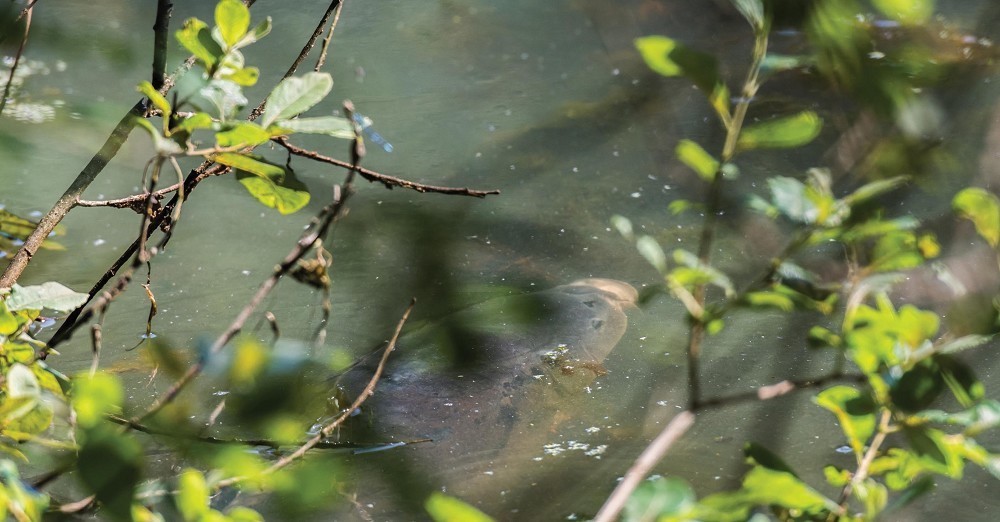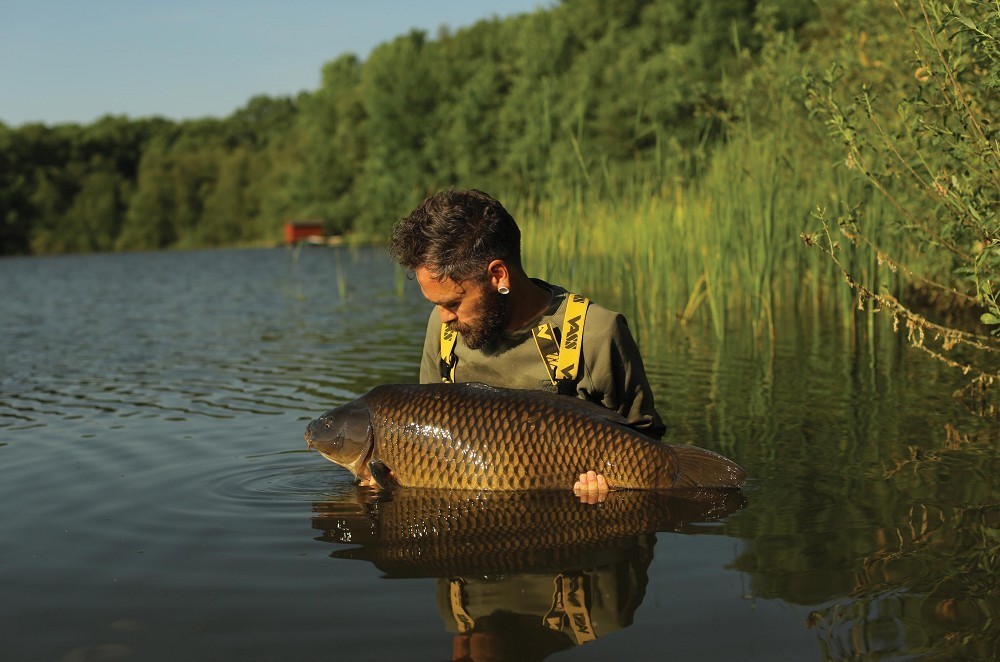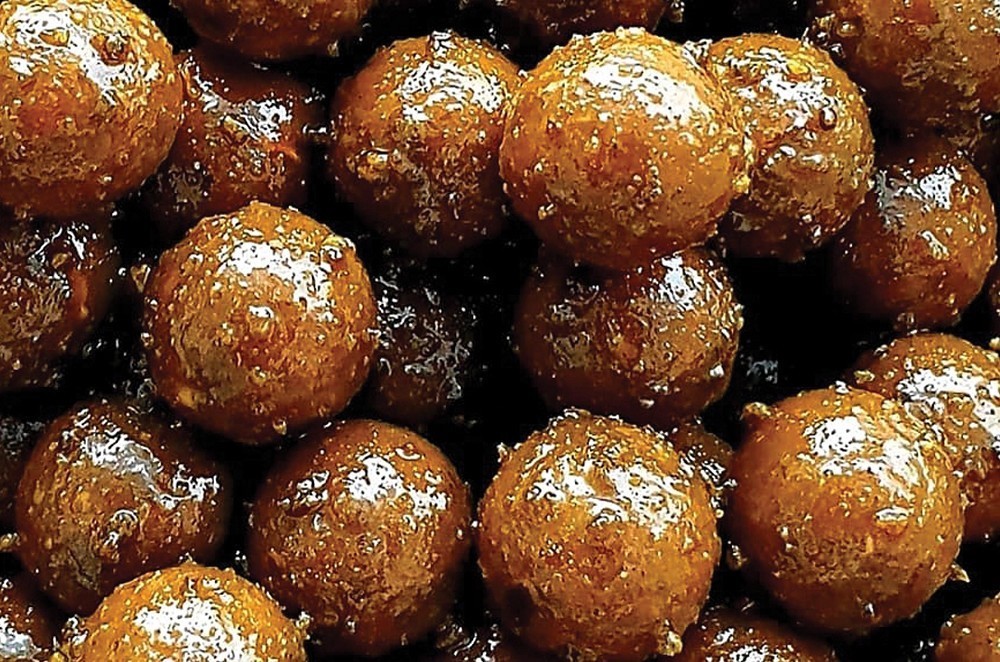
Opinion matrix: Summer tactics
Our experts talk mistakes, bait and braid...
Q1: Through all your years of experience, what is the most common mistake you see other anglers making during the
summer months?
Gaz Fareham: “Filling it in. People often equate summer to big hits of bait and automatically cracking out the Spomb and putting bucketloads in, but unless you have lots of nights and time at your disposal, fishing for a bite at a time has often been my tactic of choice.”
Julian Cundiff: “Not taking surface gear which can also be adapted for stalking. So many anglers are prepared to ‘sit it out’, wasting countless hours for just a few hours of bottom fishing. Get your rods wound in and go stalking or floater fishing. Chum Mixers, Bread Bomb, worm, trimmed pop-up… make it happen.”
Nigel Sharp: “There are several mistakes I see anglers making time and time again, for example not getting up to watch the water for a few hours at dawn - that knowledge of what you can see could be a game-changer. They are often bogged down with too much kit and don’t bother to get the floater kit out.”
Q2: Do you tweak your bait now the weather is warming up, and if so what do you do to it?
Gaz Fareham: “I do a few things differently in the summer; firstly I switch to Krill from the maggot/Manilla/corn approach of the winter, and I start to up the levels of GLM I use, adding a healthy dose to the soaking liquid. I will also look to start using hemp and tigers in the high summer alongside my boilie, which has always been a favoured tactic.”
Julian Cundiff: “Definitely. I really start to add liquids and coatings to my free offerings. I like to use the smallest boilies possible to get them to stay longer in the swim which equals more chance of a mistake being made. I glug my freebies with bait soak and add plenty of Nashbait Cultured Stick Mix. As they thaw and draw in the liquid, they become so much more potent.”
Nigel Sharp: “I tend to start mixing fishmeal boilies in with the nut-meal baits I’ve been using through the winter. Once it’s really warm and I’m fully on the fishmeals, I’ll start glugging the baits with a mixture of fish protein and salmon oil. I’ll also start using particles like tigers, hemp and crushed maize.”
Q3: Do you change the format of your hookbait at all? For example, buoyancy, colour (which ones, bright or washed-out), flavour levels (higher or lower), shape and size, and what are the reasons why you make these changes?
Gaz Fareham: “I tend to go with a foodbait option through the summer. Whereas in the spring I’ll often have a bright one on the end, come May/June through until November I will usually have a matching fishmeal hookbait on, crusted up in salt and GLM and sometimes tipped with a bit of yellow if I have some in the mix.”
Julian Cundiff: “It’s virtually always a pop-up and the major change tends to be colour. Coming out of the spring it’s the yellow pineapple ones that seem most potent. I then find white tends to kick in followed by pink. If I am on fish and not catching I will flip-flop colours to get a bite. If they are clouding up the water I will match the hatch with a Cultured Pop-Up.”
Nigel Sharp: “I tend to ‘match the hatch’ so to speak but occasionally I’ll try a visual one over a bed of bait until the areas I’m fishing start to get cleaned off and then I’ll switch to bottom baits. That approach has served me particularly well over the last few years.”
Q4: Like many subjects and tactics, how anglers fish their lines - slack or tight - seems to have gone full circle. With the banks becoming busier as we move into the summer, does your thinking on this subject change at all?
Gaz Fareham: “For me, it is almost always slack. I am just convinced carp are acutely aware of lines in the swim and so having tight ones pinged straight out to your spot is a sure-fire way to let them know you are there. I’ve seen them time and time again move into quiet areas once lines come out.”
Julian Cundiff: “Not really. I have never been a trend follower and prefer to treat each situation on its own merits. Where are the carp? What snags are there? What depth of water is there? How are the carp moving around in front of me? What effect will a tight line have? Do I need to change my line lay, rod position or even swim?”
Nigel Sharp: “That really does depend on the angling situation, but on busier, pressured waters I’ll fish them as slack as possible without risking the loss of a fish. Just as Jules has said, you have to treat each situation on its own merits, so I weigh up what’s going on in the swim and then make a decision.”
Q5: Fishing with a braided main line on your actual fishing rods is becoming more and more popular, particularly during the summer months when weed can be rife. Have you made the switch?
Gaz Fareham: “I really dislike braid if I’m honest, it is savage and makes the fight all the more brutal and fraught, but I do accept that there are times when using braid is a far safer. I keep spare spools with braid on, as well as a tough 18lb mono for my summer fishing and change accordingly.”
Julian Cundiff: “No, as most of my waters ban it. I love fluorocarbon but in weed and snags where I need a degree of shock absorber I favour a low-stretch monofilament over no-stretch fluorocarbon.”
Nigel Sharp: “No, not yet, mainly because on the two occasions I’ve tried it, it’s cost me fish due to hook pulls. I’m also put off by the fact that distance braids tend to float and sinking ones don’t cast too well. I am interested in it though, so maybe one day I will make the switch.”




